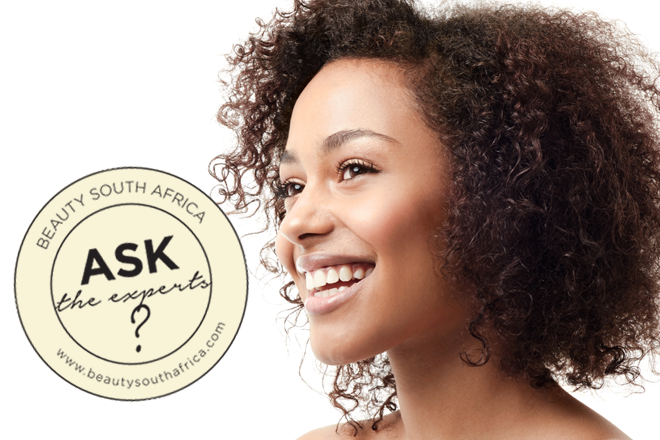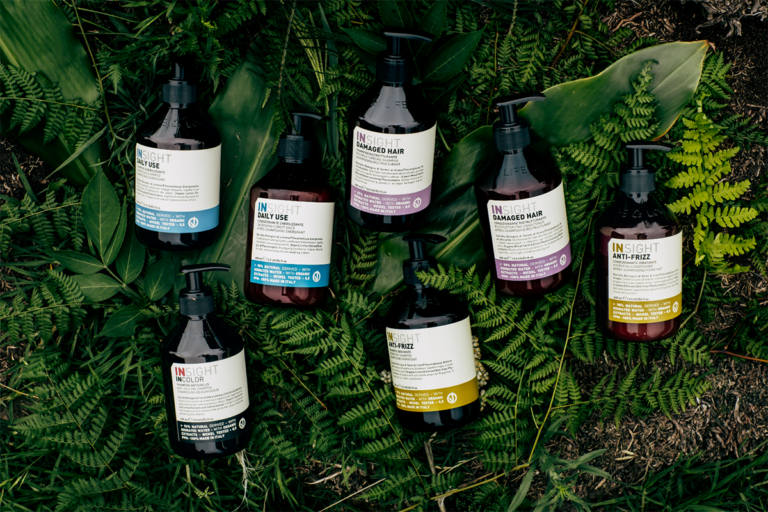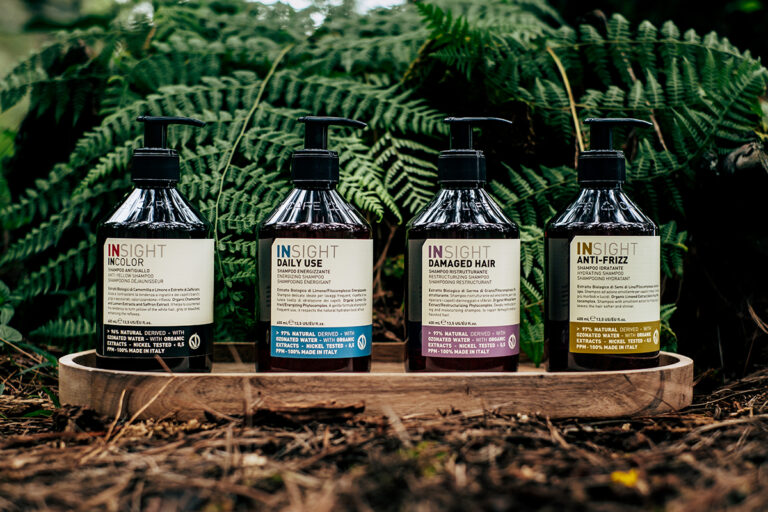
The month of September sees South Africans celebrate their heritage. The biggest celebration of all is the fact that we are such a diverse nation, living together in one beautiful country.
The diversity of the people brings about a diverse range of skin tones. According to the Fitzpatrick Scale, there are six different skin types ranging from skin type 1, which is extremely pale, to skin type 6, which is very dark. Even though this scale won’t help in finding the correct foundation colour for your skin, it is very helpful to know where you fit in, as each skin type is unique.
Skin Type 1
This skin type is very pale, can be freckled and often has blond or red hair.
This skin type is super sensitive to the rays of the sun, burns very easily and is likely to get severe sun damage from UV exposure if not protected properly.
Skin Type 2
This skin type is light or fair skinned, generally with pale hair and blue eyes.
Skin type 2 can get a light tan when exposed to the sun, but is more likely to get sunburnt, and have a high risk for skin cancers and therefore needs to take proper care in the sun to protect against UV exposure.
Skin Type 3
The skin is still white, however, it is slightly darker than those with skin types 1 and 2.
This type can tan and become light bronze when exposed to the sun but are still at high risk for skin cancers.
Skin Type 4
This type has olive skin tones, mostly with dark hair and usually brown eyes.
Even though they tan easily and rarely burn, they still need to take care in the sun to protect themselves against UV rays. Generally, people who fall into this category have a Mediterranean background.
Skin Type 5
This skin type has an olive/dark skin tone, and include coloured, light skinned African, Indian and Middle Eastern skin tones.
These skin tones very rarely burn and skin cancers are not common amongst these skin types. Care should, however, still be taken in the sun.
Skin Type 6
These skin tones are a dark colour and even though this skin type rarely burns, care needs to be taken to protect themselves in the sun.
Concerns and how to fix them
Now that we know what the different skin types are, let’s have a look at the major concerns they face.
The main concerns that skin types 1 to 3 face is premature ageing and pigmentation.
Premature ageing can be addressed through injectables such as Botox and Fillers as well as regular skin conditioning treatments such as chemical peels and skin needling where collagen is stimulated.
The cause of pigmentation can either be through sun damage, or hormonal. It is important to establish what the cause of your particular pigmentation is, as the treatment related to the different types varies. Once this has been established, treatments such as Fraxel Dual, Limelight Pulsed light therapy, Chemical Peels, Skin Needling, Carboxy or a combination thereof can be done to treat pigmentation.
Skin types 4 and 5 often struggle with melasma and pigmentation.
As per skin types 1 and 3, it is important to note that the treatment of pigmentation and melasma is not a one size fits all solution, and with darker skin, in particular, it is essential to ensure that treatments are prescribed and administered by professionals who know what they are doing. Even though technology has evolved to lasers that are colour-blind, such as the Laser Genesis and Fraxel Dual, it still can be dangerous if not done correctly.
It may not be commonly known, but the specialised equipment such as lasers are graded into different levels. Some machines have a medical grading, and can only be used in medical aesthetic clinics, such as Skin Renewal. These machines are more powerful and can reach much deeper levels of the skin. Results are therefor much better, but this process needs to be operated and monitored by qualified personal.
Skin type 6, which are the darker African skin types generally need to address acne, acne scarring and melasma.
Acne scarring often results from severe inflammatory nodulocystic acne that occurs deep in the skin, but scarring also may arise from more superficial inflamed lesions. Nevertheless, the only sure method of preventing or limiting the extent of acne scars is to treat acne early in its course, and as long as necessary. The more that inflammation can be prevented or moderated, the more likely it is that scars can be prevented or minimised.
Treatments such as Carboxytherapy, Skin Needling, Chemical Peels, Pearl Rejuvenation or a combination thereof can be done to treat acne scarring.
Even though all skin types are different, pigmentation and melasma commonly occurs throughout. This means that no matter what your skin type, it is essential to protect your skin from the rays of the sun every day. Pigmentation is a dynamic, lifelong condition, so even one day of unprotected exposure to the sun can set you back.
The four pillars of preserving the skin are applicable to all skin types
Pillar 1
The first is a healthy Iifestyle. Understanding that the entire system works together in harmony, and that no issue can be treated in isolation.
This includes matters such as a healthy diet, regular exercise, getting enough restorative sleep, staying hydrated by drinking enough water and managing stress levels.
When the body is healthy, they skin will reflect that too.
Pillar 2
The second pillar is the correct usage of injectables, which include Botox and Dermal Fillers and Threads.
These treatments address the natural ageing process, such as the formation of wrinkles, loss of volume and sagging skin.
Botox shows excellent results in the removal of lines and wrinkles, whereas fillers allow for subtle contouring of the profile and threads tightens of the skin without cutting.
Pillar 3
The third pillar is addressing the condition of one’s skin, which are done with treatments such as chemical peels, microdermabrasion, Lasers, pulsed lights, Carboxytherapy and skin needling.
The aim of these treatments is to boost and stimulate collagen. The effect of these treatments are accumulative, therefor one shouldn’t underestimate the importance of regular treatments.
A healthy looking, glowing skin is the first step to a younger looking you, and it is important to not only address the face, but to make sure that the hands and décolleté are also maintained.
Pillar 4
The fourth pillar is to ensure a good home care regime – invest in products suitable for your skin type with active ingredients, recommended by a doctor.
All four of these pillars are important, and for best results a combination of all are required.
To find out more about the different skin types and the treatments that are suitable to yours, as well as the four pillars to maintain a youthful skin, visit Skin Renewal at www.skinrenewal.co.za




7 Responses
Love these articles. Always learning new things about my skin. I did not know about the 6 different skin types and the four pillars of the skin.
This is so helpful,Thanks!
Thank you very informative
Thank you for this article. I found it very informative. My mum has a problem with hormonal pigmentation. Does anyone have any suggestions. It’s really getting her down as it’s not always possible to cover it up.
I enjoyed reading this. It’s very informative. I didn’t know there were so many types of skin issues. I thought there was just fair skinned and dark skinned
This was such an informative read, I’ve been battling with skin problems since I hit puberty and didn’t realise there are 6 different, unique skin types. The 4 pillars of preservation are quite interesting as well.
I’ve found this quite helpfull . Thank You !